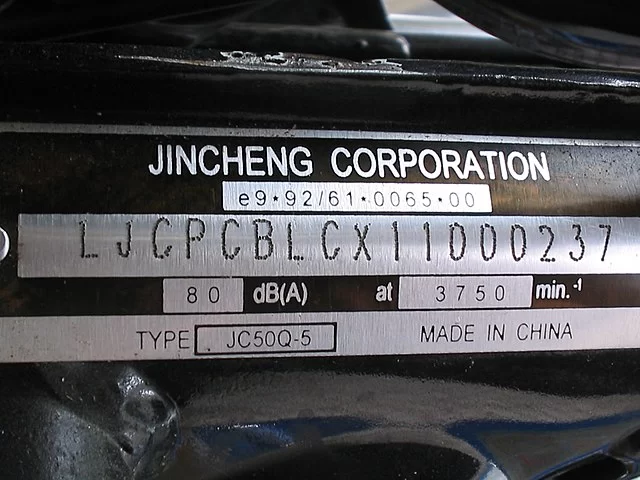How to Lookup a Vehicle Identification Number
We provide some clarity on what a VIN is, how you can look up a VIN, and what information you can obtain by decoding a VIN number in this article.
Vehicle Identification Numbers, or VINs, are used by many vehicle owners and are often confused as to what they represent or when they should be used. This article explains what a VIN is, how to read a VIN, and what information can be derived from a VIN decoding.
VIN – what is it?
Vehicle Identification Numbers are referred to as VINs. The unique code assigned to each car during manufacturing serves as its distinctive identifier. A VIN contains 17 letters and numbers that are printed on a single line, according to EpicVin. There may be fewer than 17 characters in your VIN number if your vehicle was manufactured before 1981.
The letters Q, I, and O are excluded from the character string so they cannot be mistaken for 1s or 0s. Characters in the VIN aren’t random. A vehicle’s VIN, serial number, year, country, make, and model are all useful information about the vehicle.
How Do I Find My VIN on My Car or Motorcycle?
There are different locations where you can find the VIN depending on what car you are driving. A VIN number is usually located on the dashboard of a passenger vehicle. Taking a look at the dashboard through the windscreen may be easier if you’re having trouble seeing this area from inside the car.
It is possible that the VIN is located on the side door pillar of the driver’s side, specifically, at the connection between the door and the car’s frame. There may also be a location on the engine or under the hood.
The VIN is often found on the motor or the frame in the vicinity of the motor if you own a motorcycle. Alternatively, it can be found beneath the handlebars on the steering neck. Your vehicle’s title or liability insurance documents may also contain the VIN number if you are having trouble finding it.
Motorized vehicles requiring a state DMV registration are the only ones that have a VIN number. For example, bicycles won’t have VIN numbers. However, you will be able to register your bike with your local municipality thanks to its serial number. Typically, four- or three-wheeled all-terrain vehicles with motors will have a VIN displayed somewhere on their frames.
A guide to decoding your VIN
VIN checks can provide you with information about your vehicle that you need or are curious about. The Vin Check website suggests searching for a VIN decoder online and entering your VIN there.
NHTSA collects vehicle identification numbers from manufacturers who provide the information to them. The following are the characters in the VIN:
- First character: A country code for the vehicle’s manufacture.
- Second character: Manufacturer’s name is indicated by this character.
- Third character: This character tells you what type of vehicle it is or what division it belongs to.
- Fourth to eighth character: Names of engines, brands, models, series, and body styles can be found in this range of characters.
- Ninth character: You need this character to verify your security.
- Tenth character: This is where you can find out what year your vehicle is.
- Eleventh character: It tells you where your car was assembled.
- Twelfth to seventeenth character: The serial number of your vehicle can be found in this range of characters.
The VIN decoder will only work for models made after 1981, since a VIN made before that time could have as few as 11 characters, making the character string unrecognized by modern decoders. VINs are not only used as vehicle identifiers, but also provide valuable information about your vehicle, such as when you buy a used car, make an insurance claim, or need replacement parts.



